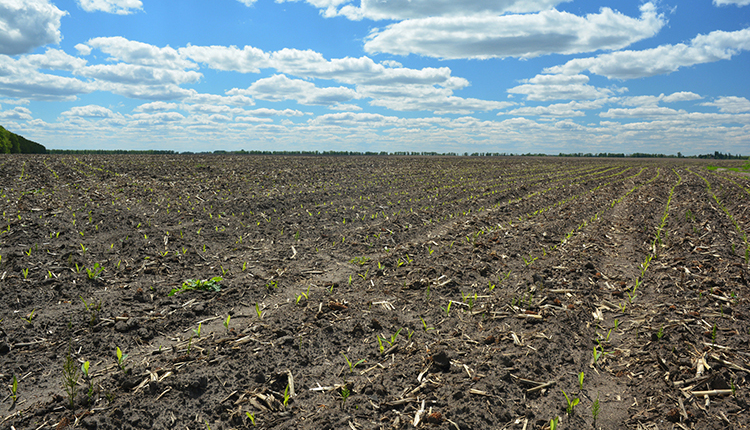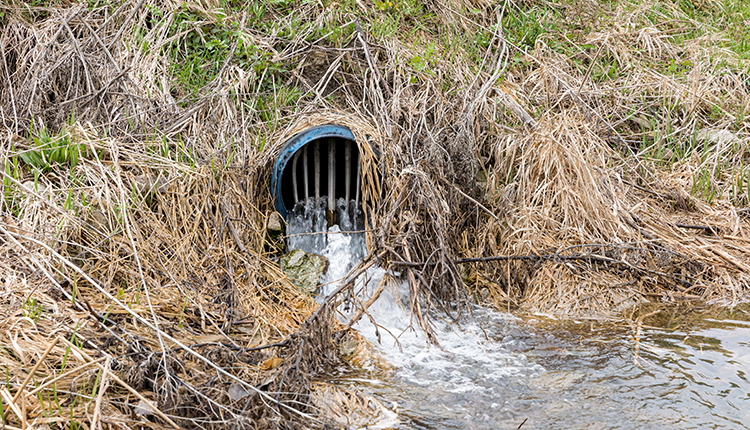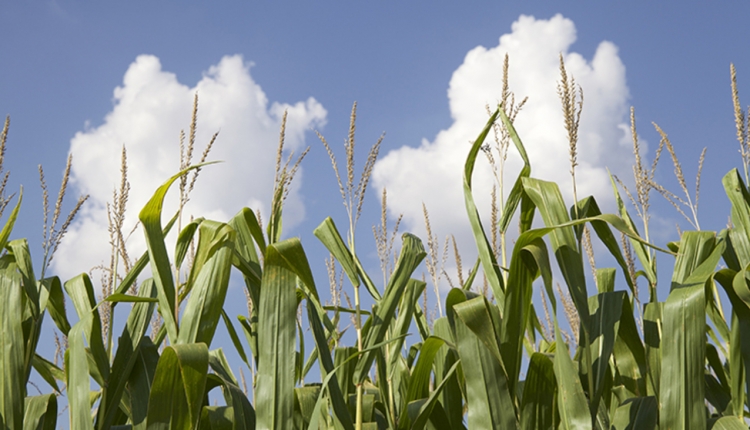
With our increasingly challenging climate and precipitation patterns, tile drainage has become more important than ever for farms to minimize the annual variation in yield and quality of field crops and thus, the uncertainty of whether enough feed for livestock can be grown consistently as they were able to in the past. A nationwide increase in the number and severity of extreme weather events has been observed, particularly in the past decade, and climate models predict that this trend will only intensify. This is especially true in the northeastern United States, where our farms already face significant challenges due to the short growing season. Further complicating things, these storms are also predicted to occur primarily in the fall and spring, when our farms are already working against the clock to plant corn, harvest hay crops, and apply manure to supply nutrients and reduce pressure on manure storages.
Tile drainage continues to face intense public scrutiny for its role in water quality impairments, particularly in regions with very visible recurring algal and cyanobacteria blooms. To better understand how tile drainage is impacting phosphorus exports to the surrounding waterways, Miner Institute implemented a five-year edge-of-field project at two adjacent poorly drained 6-acre fields in the Lake Champlain watershed in upstate New York. Research at this location has entered a new phase to improve our confidence in the results, but during this initial five-year period, only one of the fields was tile drained (installed in 2016), while both had minor surface drainage modifications to direct surface runoff to a corner of the field for monitoring.
Surface runoff from both fields and tile drainage from the tiled field was collected with automated sampling equipment that adjusted sampling frequency in response to flow rates. Sampling was conducted continuously year-round to characterize water quality across a wide range of conditions. Both fields were planted with corn for silage and received tillage-incorporated manure applications within 24 hours of planting, supplemented by commercial fertilizer when necessary to satisfy the crop’s nutrient requirements.
Less runoff, less phosphorus loss
From 2018 through 2022, there was 44% more total drainage from the tile-drained field (surface plus tile drainage) than the undrained field (surface drainage only). This is not surprising as the purpose of tile drainage is to increase the drainage of water from the fields. However, tile drainage typically reduces surface runoff significantly (and thus erosion of nutrient-rich topsoil), and this was observed in our study, as the undrained field generated twice as much surface runoff as the tiled one.
Despite the higher drainage volumes, a reduction in phosphorus loss can be achieved in many cases when surface runoff is reduced following the installation of systematic tile drainage. We observed this pattern, with phosphorus concentrations in surface drainage consistently high enough to produce more phosphorus loss than tile drainage despite the differences in runoff generation. While surface runoff contributed just 37% of the total drainage from the tiled field, it transported 81% of the exported phosphorus. Ultimately, the reduced rates of surface runoff resulted in 22% less phosphorus lost from the tile-drained field than the untiled field. It is important to note that regardless of drainage differences, both fields lost very low rates of phosphorus, with averages of 0.21 pounds per acre per year and 0.27 pounds per acre per year of phosphorus lost by the tile-drained and undrained fields, respectively, across the five-year study. These values represent less than 2% of all the phosphorus that was applied to the field throughout the study from manure or commercial fertilizer.
Although we have observed greater nitrogen losses in the tile-drained field, in our freshwater watersheds, phosphorus is the main culprit for algal/cyanobacterial blooms. A single study cannot be considered representative of all situations, and further research is necessary to accurately assess the risk of tile drainage relative to surface drainage modifications alone so that we can ensure the greatest degree of environmental and economic sustainability in our dairy industry.








